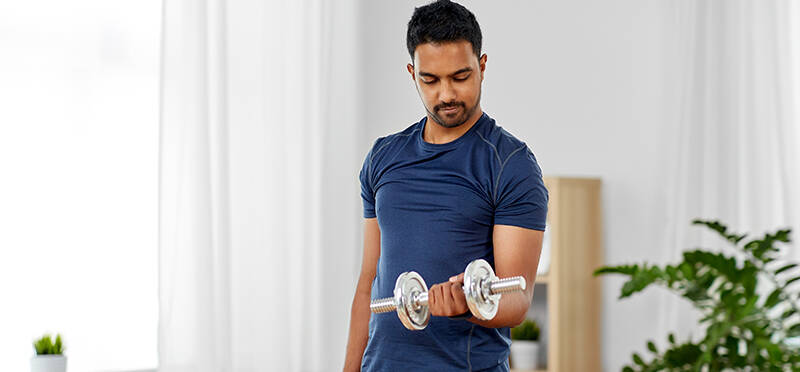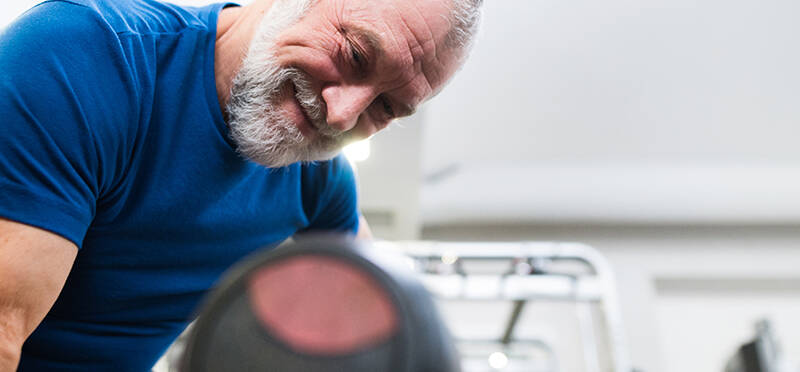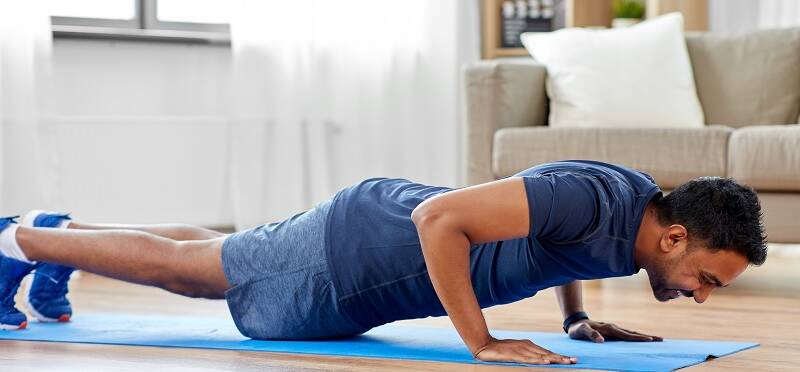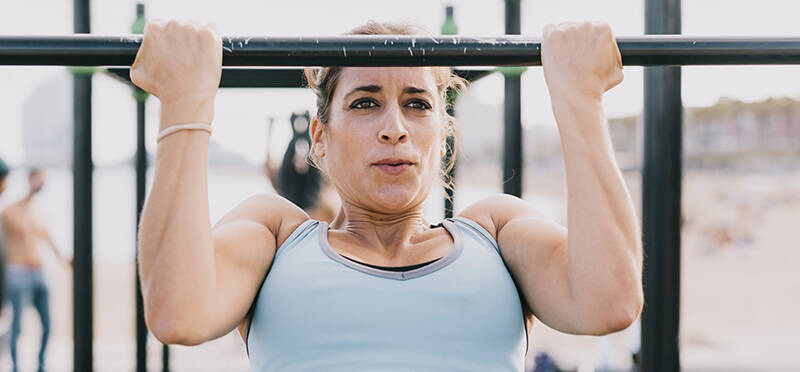The Sub concussive Blow: How Minor Head Impacts Affect Us
Posted on February 21, 2025 by Kimberly Smith, PT, DPT, VRT
If you follow the NFL, you followed Tua Tagovailoa’s big hit this season, his history of concussions, and his alarming...
(more…)











